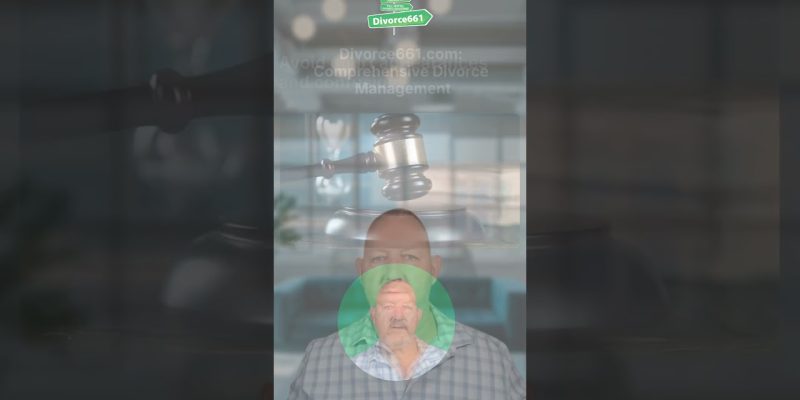How to Get a Divorce in Long Beach Without Drama
Thinking about divorce in Long Beach but dreading the conflict, court appearances, and legal fees? It does not have to be a fight. When both spouses are willing to cooperate, a divorce can be fast, private, and affordable. This guide explains how to complete an uncontested divorce in Long Beach, avoid court, and keep the process peaceful.
The key: agreement makes everything easier
A drama-free divorce starts with agreement. If you and your spouse are on the same page about property, debts, and parenting, you can pursue an uncontested divorce. That classification removes most of the reasons couples end up in court: disputes over documents, hearings, and contested negotiations.
In Los Angeles County, which processes Long Beach cases, the entire process can be handled electronically. E-filing removes the need to appear in person and keeps the timeline short.
What an uncontested divorce looks like (step-by-step)
- Agree on the major issues — property division, debts, spousal support, and parenting plans if there are children.
- Prepare the paperwork — petition, response, marital settlement agreement, and mandatory financial disclosures.
- File the forms with the court. In Los Angeles County this can be done through e-filing.
- Serve the papers and exchange disclosures. If both parties signed agreements, service is straightforward.
- Submit the judgment and final documents. Many uncontested cases are approved without a court appearance.
- Receive final judgment and move forward.
When attorneys are not necessary
Hiring a lawyer can be essential in high-conflict or complex asset cases. But attorneys are not always required. For amicable divorces, a simpler, lower-cost approach often works better: a knowledgeable professional who prepares forms, ensures proper disclosures, and files the case.
Using the right kind of help prevents unnecessary escalation. A lawyer who immediately shifts into adversarial mode can turn a straightforward split into a costly, drawn out battle. If you and your spouse agree on core issues, consider a full-service document and filing solution that operates on a flat fee and keeps things focused on paperwork and process.
Alternatives to full litigation
- Mediation to resolve remaining disagreements
- Flat-fee document preparation and e-filing services
- Limited-scope attorney help for specific legal questions
Who is a good candidate for an uncontested Long Beach divorce?
- Couples who can communicate and compromise
- Parties with relatively simple finances and assets
- Spouses willing to complete required financial disclosures honestly
- Families where parents can agree on custody and support without court intervention
If there are complex business valuations, significant real estate holdings, or high-conflict child custody disputes, the uncontested route may require additional professional input. But many Long Beach couples fit the uncontested profile and finish quickly.
Practical tips to keep the process fast, private, and stress-free
- Be honest and complete with disclosures. Missing or inaccurate financial information creates delays and risks later challenges.
- Put agreements in writing. A signed marital settlement agreement prevents misunderstandings and supports a clean filing.
- Use e-filing when available to avoid courthouse trips and speed up processing.
- Agree on a flat-fee solution to eliminate surprise legal costs and focus on resolution instead of hourly billing.
- Keep communication respectful. Cooperation now saves time, money, and emotional energy later.
Real-world example
A Long Beach couple had already agreed on everything but did not know how to start. They wanted to stay civil and avoid lawyers. With full-service document preparation and electronic filing, their case was filed, processed, and approved in a matter of weeks. Neither spouse had to set foot in court, and they finalized the divorce without drama.
Common pitfalls to avoid
- Failing to complete mandatory financial disclosures
- Hiding assets or debts
- Hiring an attorney immediately when cooperation is still possible
- Missing filing deadlines or not serving documents correctly
- Rushing to settle without understanding tax and retirement consequences
Next steps
If you want a peaceful, efficient divorce in Long Beach, start by confirming that you and your spouse can agree on the key issues. For many couples, a flat-fee, full-service filing solution combined with e-filing in Los Angeles County is the fastest path to a final judgment without court drama.
To explore options, schedule a free consultation or research reputable local services that specialize in amicable, uncontested divorces. A calm, organized approach today can save weeks of stress and thousands of dollars in legal fees tomorrow.










